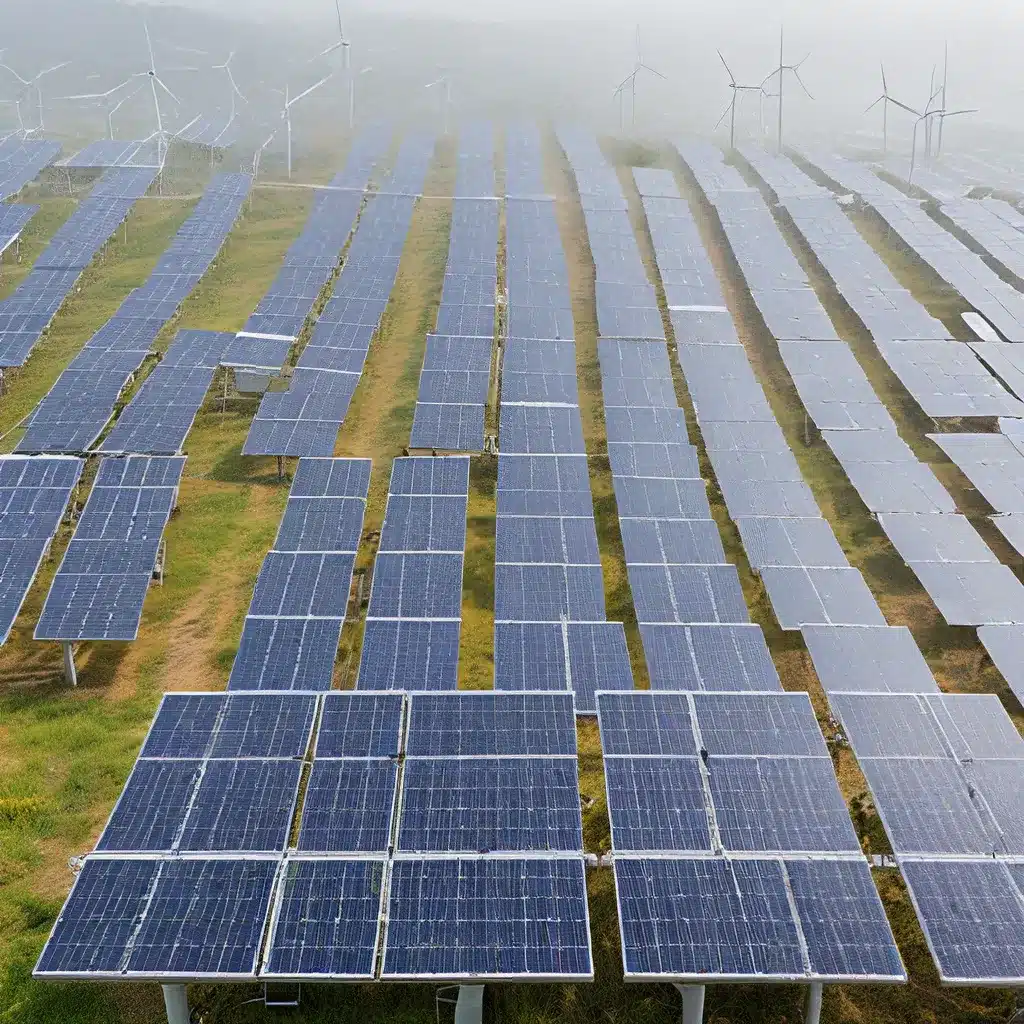
As someone who’s always been fascinated by the world of renewable energy, I’ve been closely following the rise of microgrids – those self-contained, localized power systems that are revolutionizing the way we generate, distribute, and consume electricity. But as exciting as these cutting-edge technologies are, I’ve come to realize that navigating the regulatory landscape surrounding microgrids is no easy feat.
Over the past few years, I’ve dove headfirst into this topic, exploring the intricacies of microgrid standards, grid integration, and the ever-evolving regulatory frameworks that govern their deployment. And let me tell you, it’s been quite the wild ride. From the complex challenges of managing system resilience and reliability to the shifting priorities of policymakers and utility companies, the world of microgrid regulations is nothing short of a labyrinth.
But fear not, my fellow renewable energy enthusiasts! In this article, I’m going to take you on a journey through the regulatory landscape of renewable energy microgrids, uncovering the key standards, guidelines, and emerging trends that are shaping this exciting field. Along the way, I’ll share my own insights, as well as perspectives from industry experts, to help you navigate this ever-evolving landscape with confidence.
Standardizing the Microgrid Revolution
One of the fundamental pillars of the renewable energy microgrid revolution is the standardization of these systems. After all, how can we expect these cutting-edge technologies to be widely adopted if there’s no universal language or framework governing their design, integration, and operation?
As the Schneider Electric blog so aptly points out, standards act as a “universal language” that ensures all components within an energy system are compatible, operate efficiently, and adhere to strict safety protocols. This is especially crucial for the decentralized nature of microgrids, which often rely on a complex interplay of renewable energy sources, energy storage, and power conversion systems.
The International Electrotechnical Commission (IEC), through its Technical Committees like TC8A and TC8B, has been at the forefront of establishing these crucial standards. From the IEC 62898 series that governs the design and testing of microgrids to the IEC 63406 standard that facilitates the integration of renewable energy sources, these guidelines are laying the groundwork for a more resilient and efficient microgrid ecosystem.
But standardization doesn’t stop there. The IEC’s efforts also extend to power conversion and electrical protection standards, ensuring that the integration of renewable energy into existing grids and the emergence of new DC grids are done in a way that prioritizes safety and reliability. Standards like IEC 60947-10 and IEC 60364 are just a few examples of the comprehensive frameworks being developed to support this transition.
Navigating Grid Integration and Compliance
Of course, the integration of decentralized energy resources like microgrids into the broader electrical grid is a crucial, yet complex, aspect of this regulatory landscape. After all, we need to ensure that the proliferation of these systems doesn’t compromise the stability and reliability of the grid as a whole.
This is where grid codes, as defined by the IEC’s TC8 SC8A, come into play. Standards like the IEC 62786 series establish the guidelines for connecting and operating decentralized energy systems in a way that maintains the integrity of the broader grid. Compliance with these grid codes is essential, especially as the penetration of renewable energy sources continues to increase.
But it’s not just about the physical integration of microgrids – the dynamic modeling and simulation of their impact on grid performance is also a crucial piece of the puzzle. As the IEC’s TC8A advocates, tools for predicting the effects of decentralized energy resources on grid stability and reliability are vital for developing strategies to mitigate potential issues.
Emerging Trends and Regulatory Shifts
As if navigating the current regulatory landscape wasn’t challenging enough, the world of renewable energy microgrids is in a constant state of flux. New technologies, policy shifts, and evolving priorities are continually reshaping the regulatory frameworks governing these systems.
For instance, the rise of DC microgrids and hybrid AC/DC systems is driving the need for even more specialized standards and safety protocols. Similarly, the growing emphasis on energy resilience and grid modernization is pushing policymakers to reevaluate existing regulations and develop new ones to address these emerging needs.
And let’s not forget about the impact of climate change and the increasing frequency of extreme weather events. As microgrids become increasingly crucial for ensuring the reliability and resilience of our power systems, the regulatory landscape will undoubtedly need to adapt to address these pressing concerns.
Navigating the Future of Renewable Energy Microgrids
As I reflect on my journey through the labyrinth of microgrid regulations, I can’t help but feel a sense of excitement and optimism for the future. Yes, the regulatory landscape can be daunting, but it’s also a testament to the transformative power of these technologies and the critical role they play in our transition to a more sustainable energy future.
And that’s where I come in. As an expert in renewable energy solutions, I’m here to guide you through this ever-evolving landscape, helping you stay ahead of the curve and unlock the full potential of microgrids for your business or community. Whether you’re a policymaker, utility executive, or renewable energy enthusiast, I’m confident that our Firewinder team can provide the insights, resources, and support you need to navigate this regulatory maze and embrace the power of renewable energy microgrids.
So, what are you waiting for? Let’s dive in and discover the endless possibilities that lie ahead!

